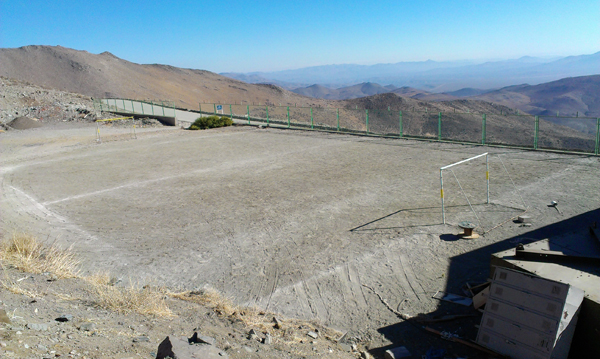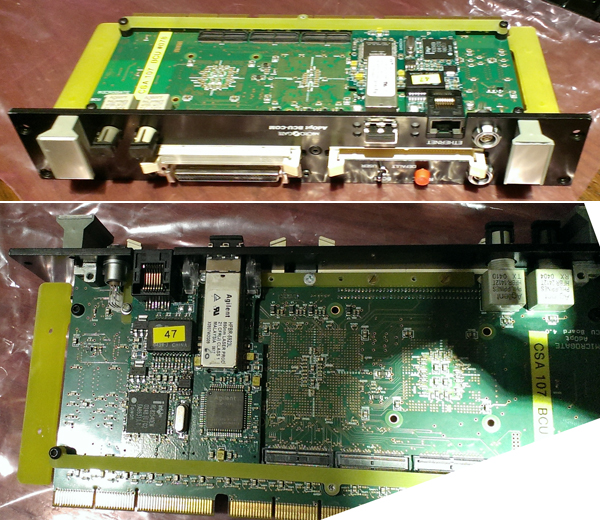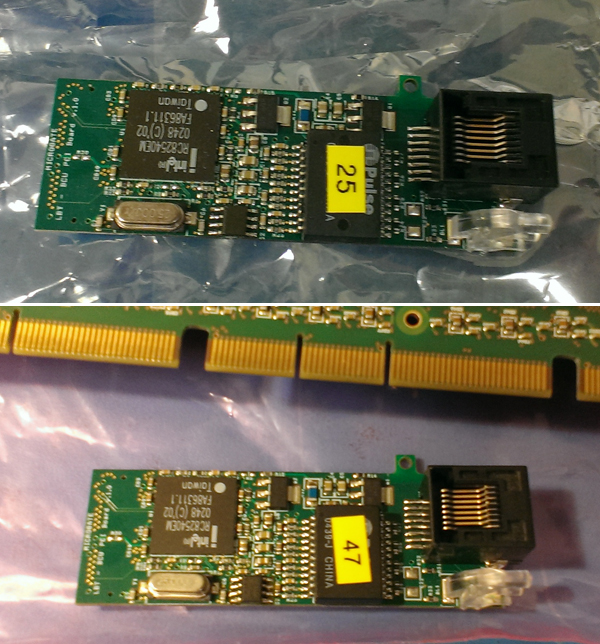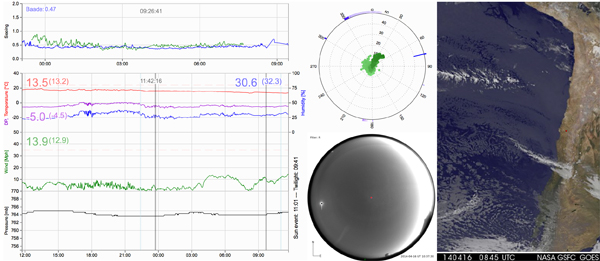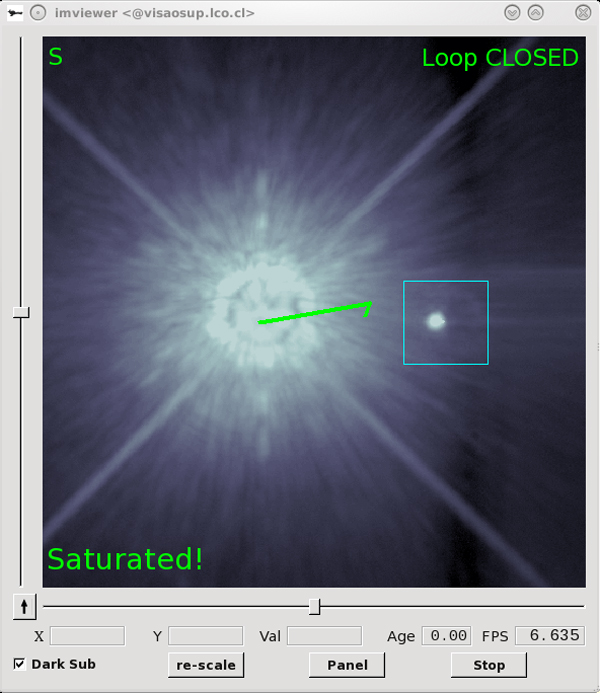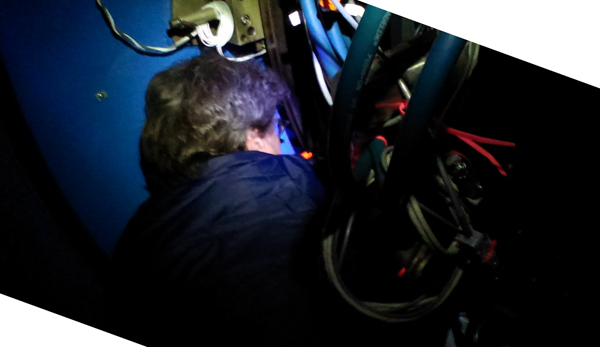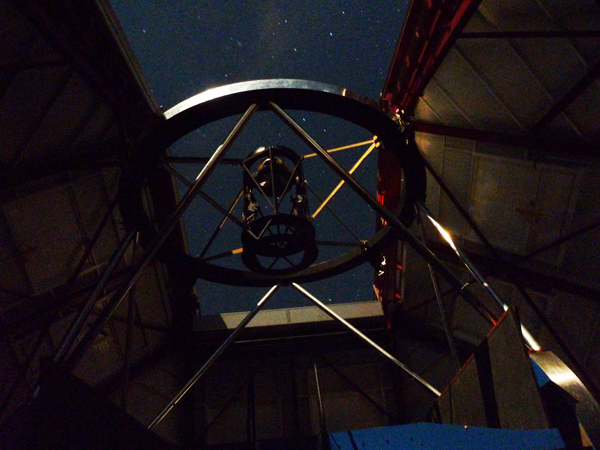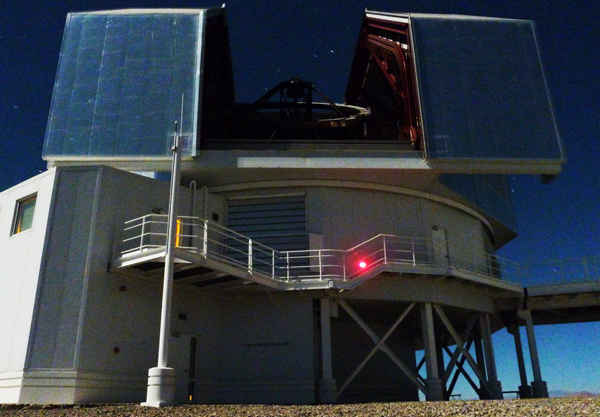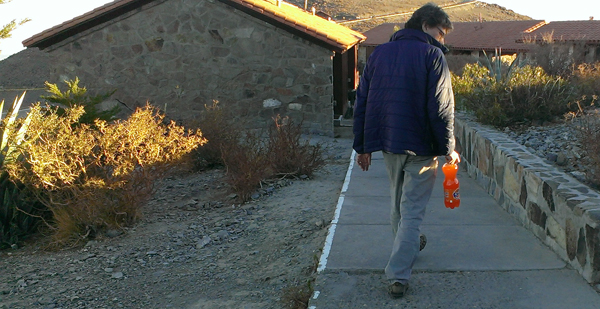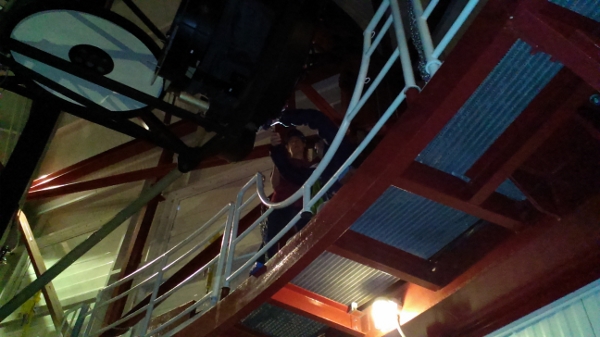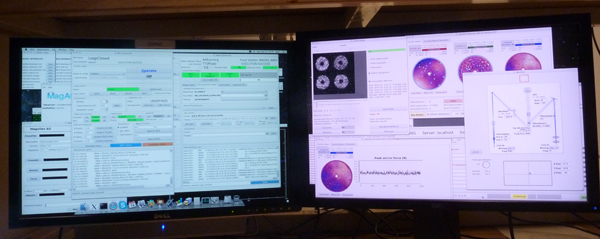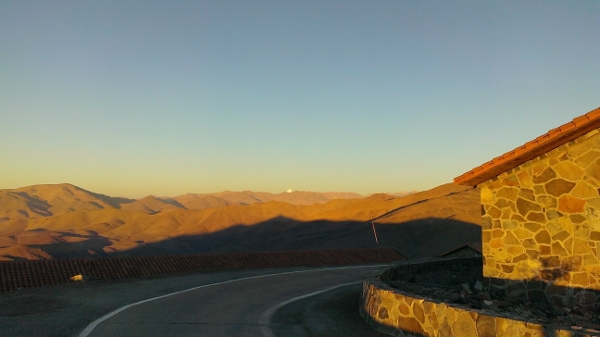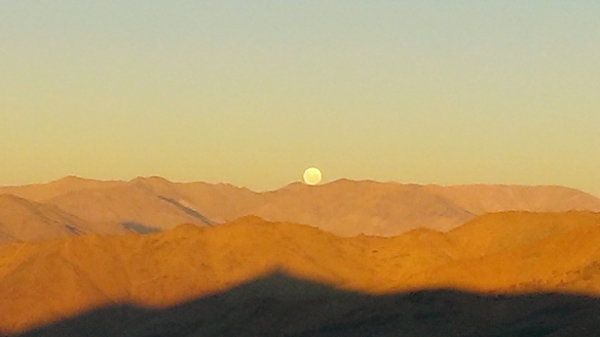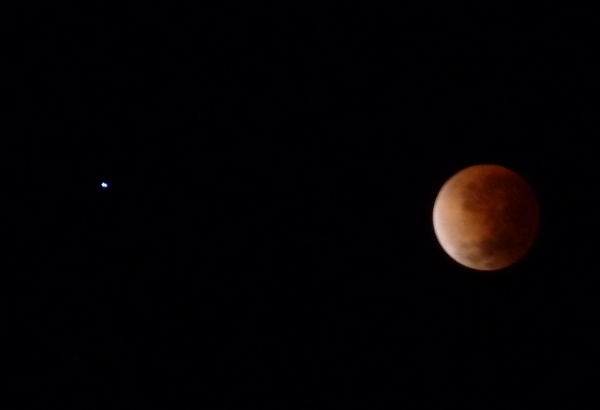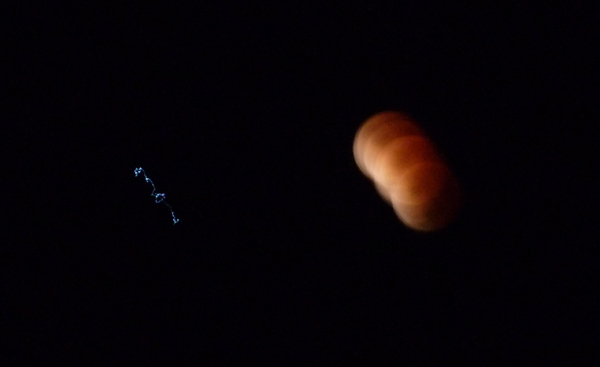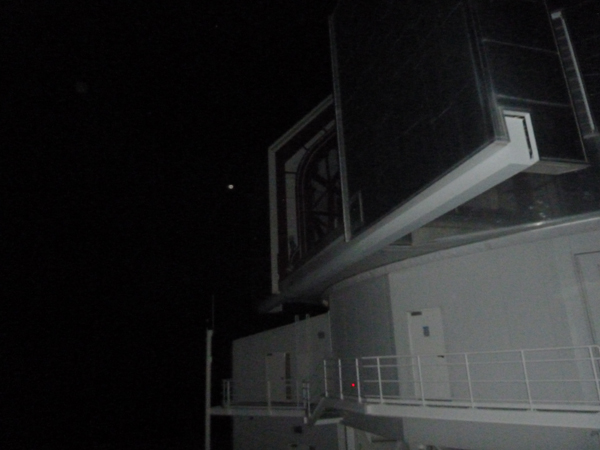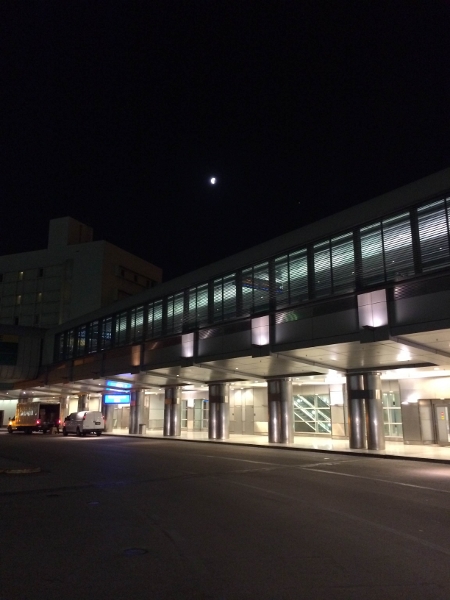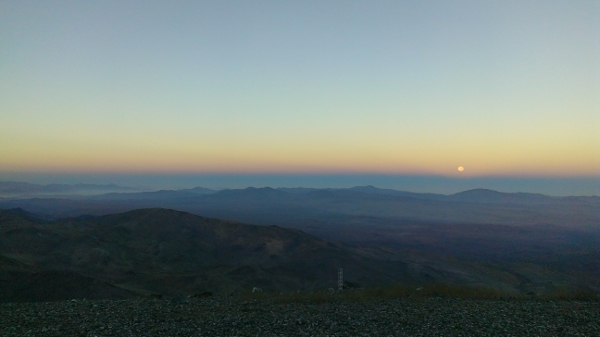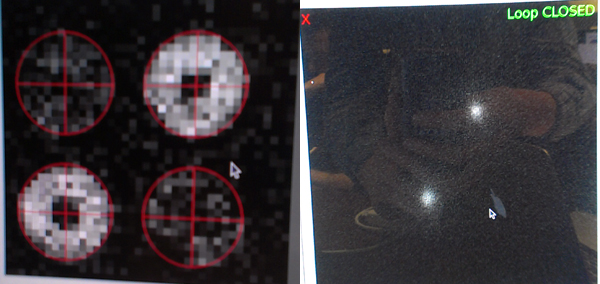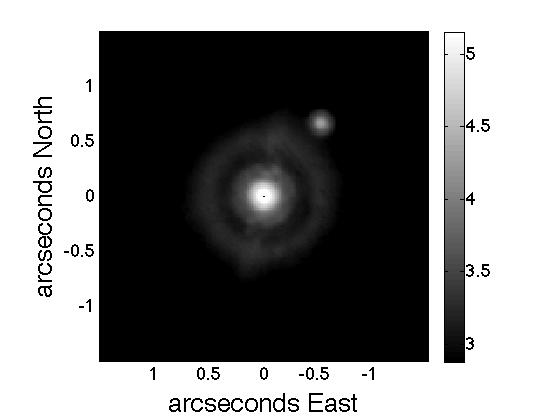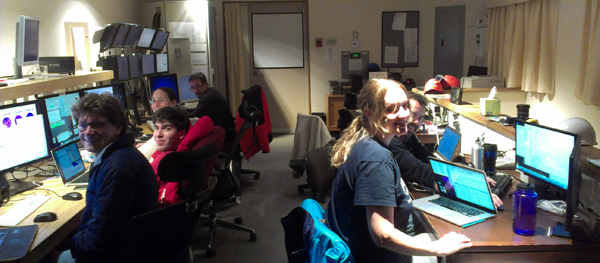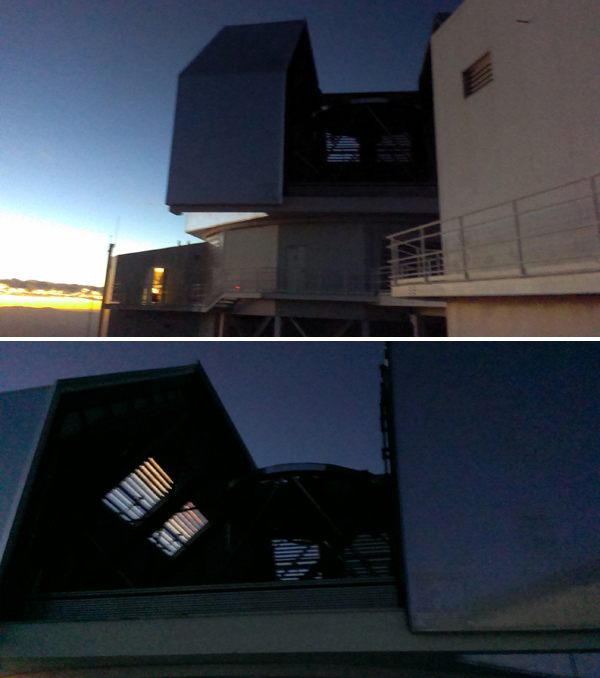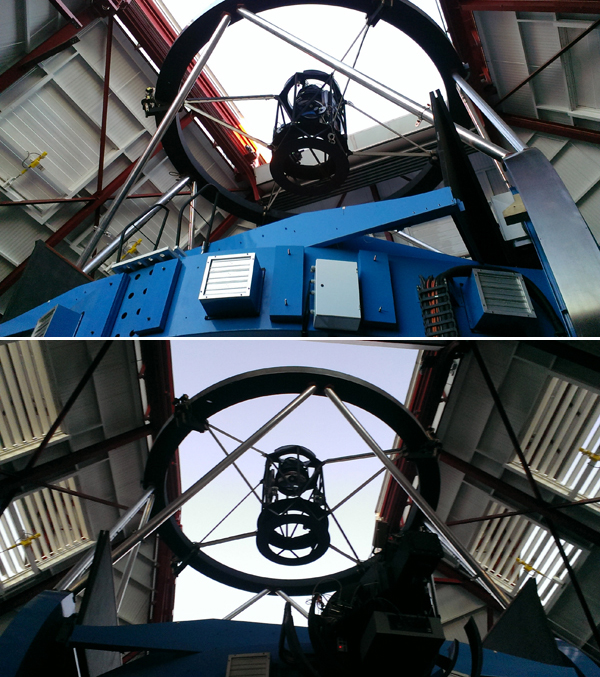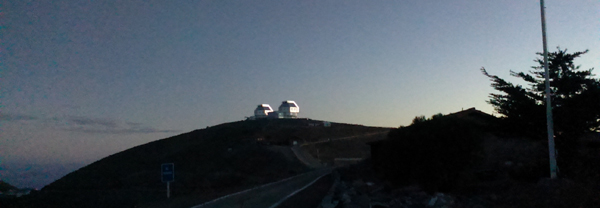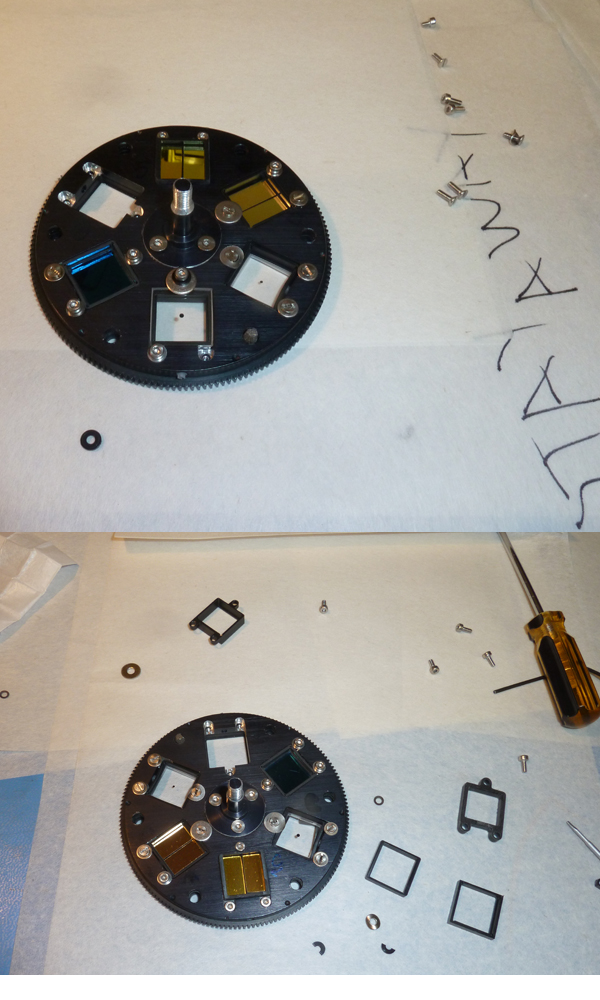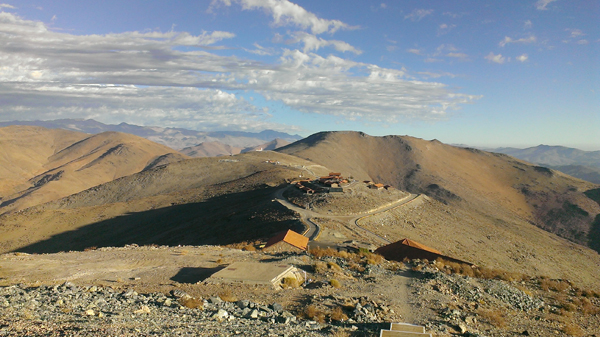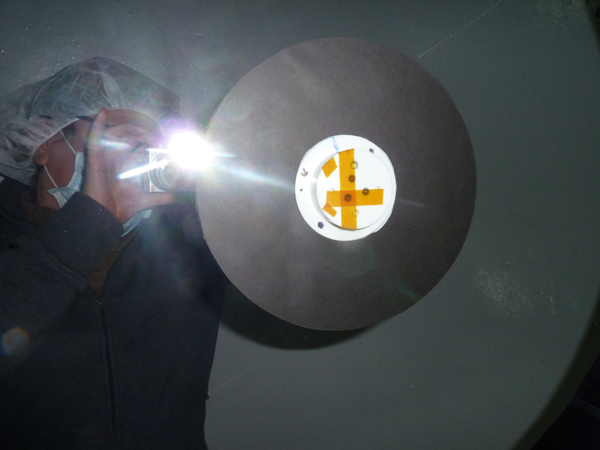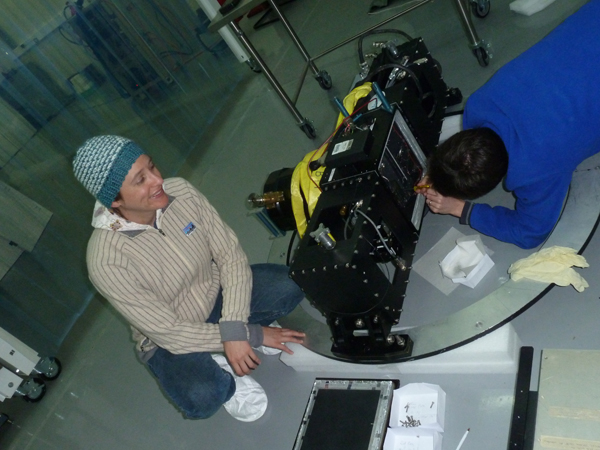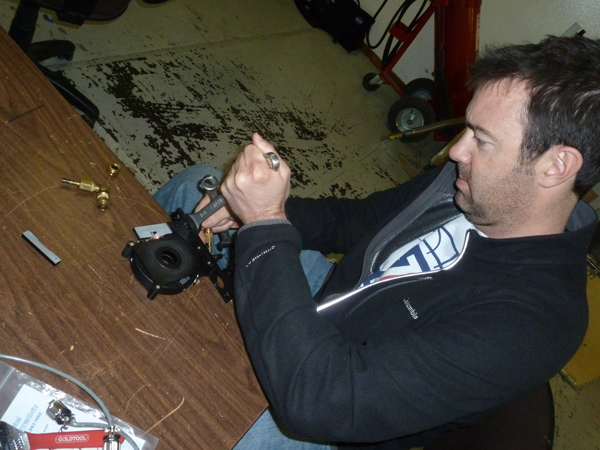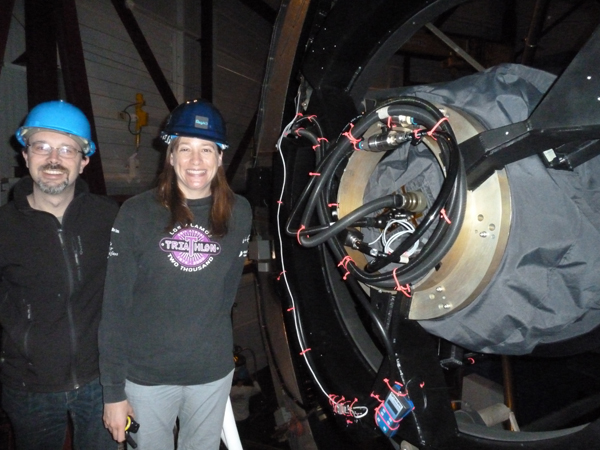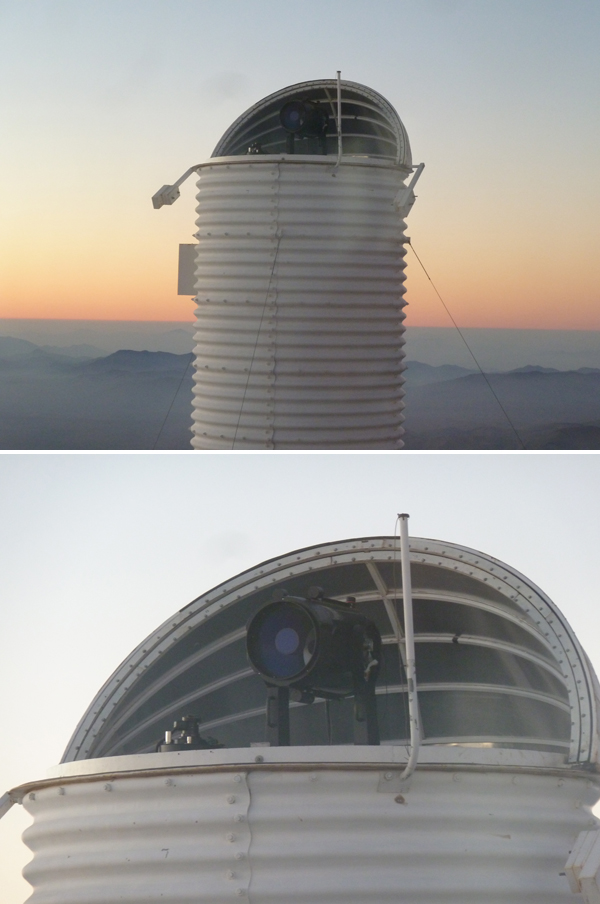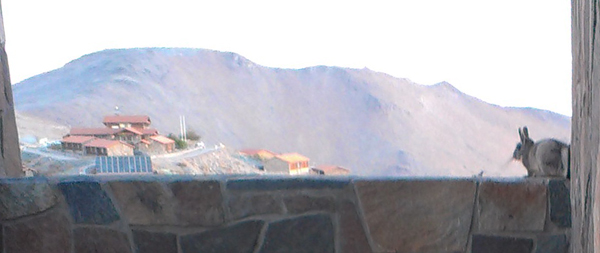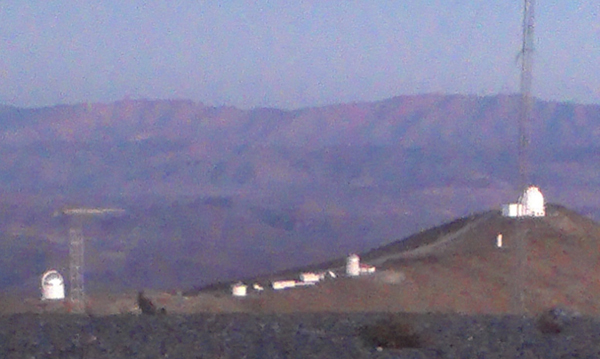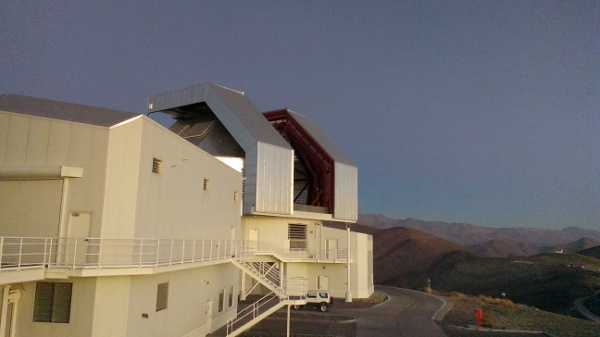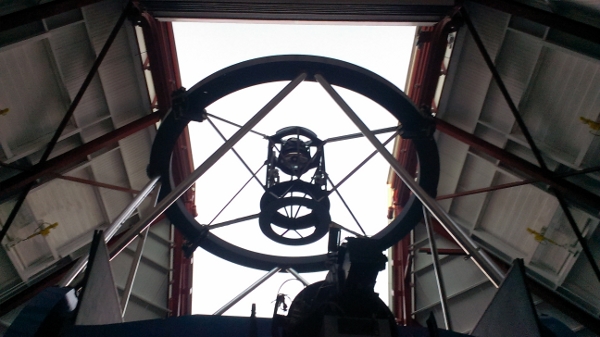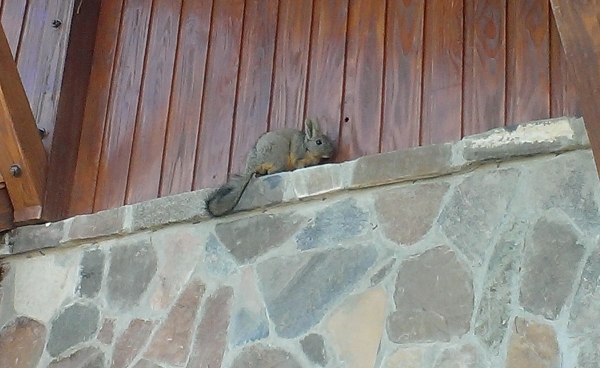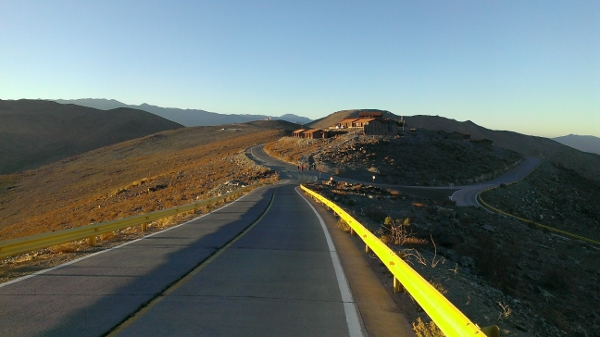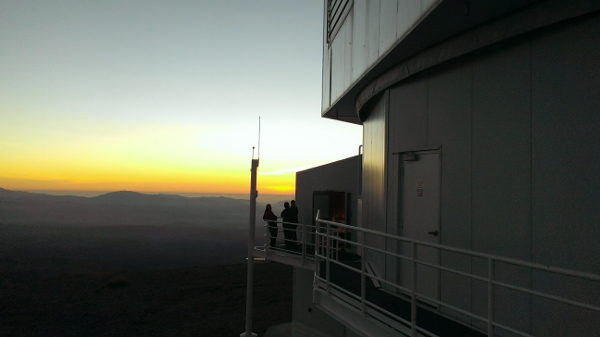A closed feedback loop is when you are monitoring some output so that you can control some input. How many closed loops does MagAO run? Here we present: The Loops of MagAO.
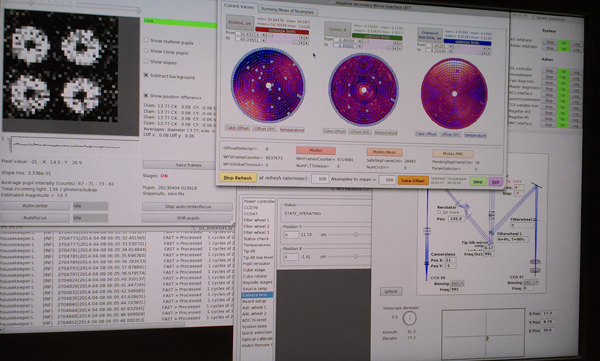
1. The AO System’s Pyramid WFS and ASM
The top-level loop is the adaptive optics (AO) loop. This is the loop that all the others are here to serve. We are making flat wavefronts so that our science cameras can take sharp images, and it is a serious business.
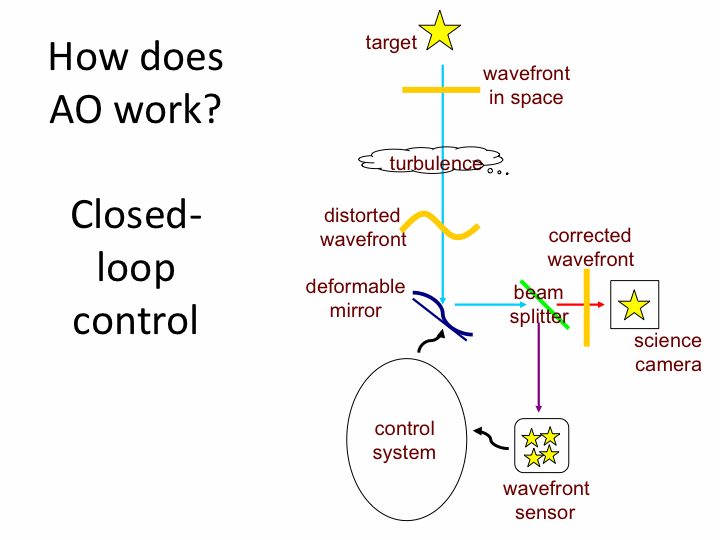
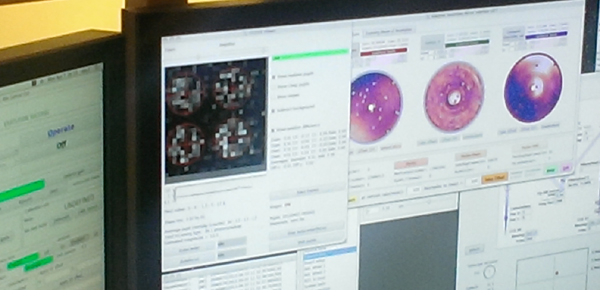
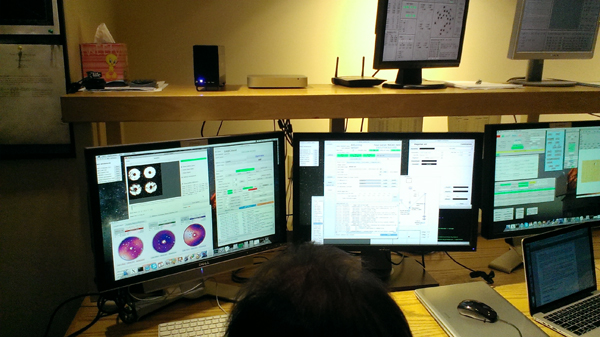

2. The Camera Lens
This loop is my favorite, because it’s one of the subtle calibrations we do that keeps our AO system one of the best in the world. The camera lens loop keeps the positions of the Pyramid pupils aligned to the pixels on the WFS CCD to a tenth of a pixel. This means our AO system is always calibrated, in the way that it measures brightness and on the CCD and converts it to slopes to send to the ASM.
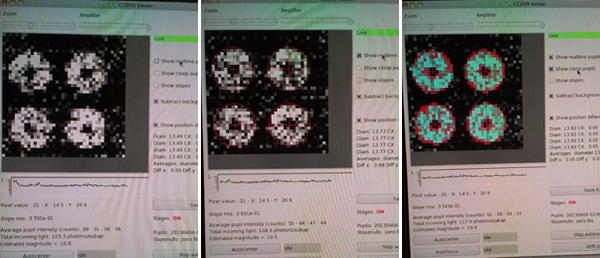
3. The 585 ASM Sensors
The ASM has 585 actuators to control its shape at 1000 times per second, and they have sensors to control their current and check their temperatures.
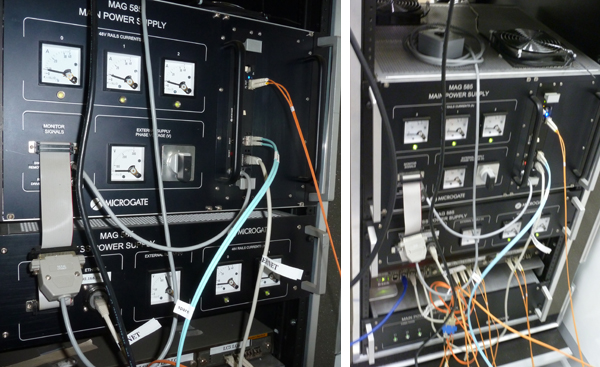
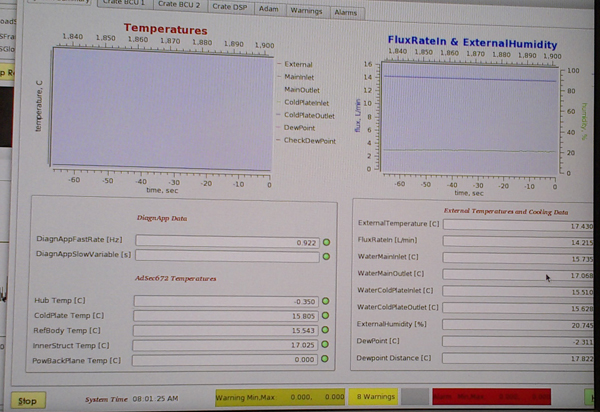
4. Telescope Off-loading
We send some of the wavefront correction to the telescope — we call this off-loading. For example, if the ASM has to tilt too far to the side and starts to use up all its “throw” or stroke, then we just send a little nudge to the telescope and re-point the whole telescope, flattening out the ASM. We do this once per second, and we off-load focus once every minute.
5. VisAO Coronagraph Guider
Jared wrote a little opto-mechanical loop for VisAO in coronagraph mode. He nudges the VisAO gimbal mirror to keep the star aligned precisely behind the coronagraph. The loop runs once every few to tens of seconds.
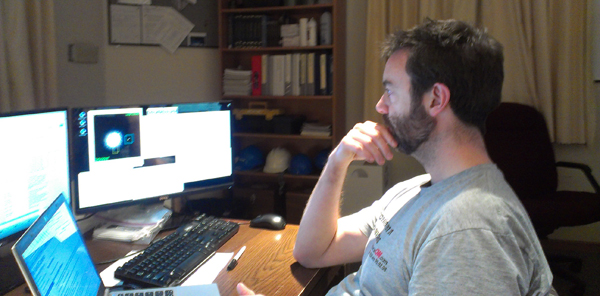
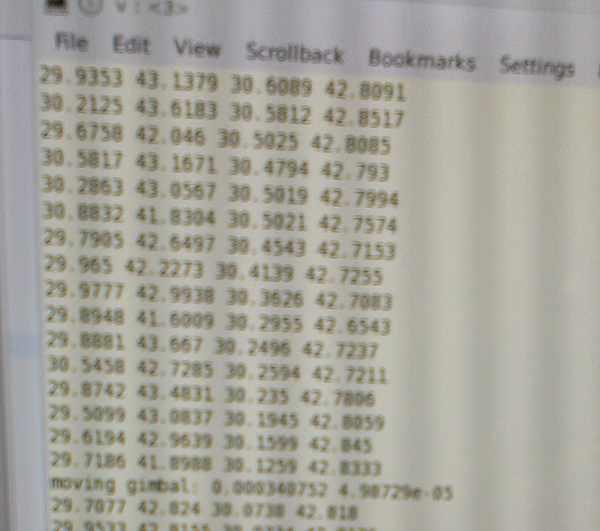

6. Clio Temperature Controller
The Clio2 optics are kept at 77K via the outer dewar, by the LCO staff who refill its liquid nitrogen dewar every morning. The Clio2 detector is kept at 55K by a pump that lowers the pressure of the liquid nitrogen and makes it solid inside the inner dewar. However, the pump could keep lowering the pressure and thus the temperature even more, but it’s important to keep the temperature stable. Therefore, we have a heater that senses the current temperature, and turns on a bit when the temperature is below 55 K, and keeps it always at 55K. This is a closed feedback loop.

7. Mechanical Loops with Encoders:
We also control a lot of mechanical components using encoders. On the WFS/VisAO board, called the “W-unit”, we have the Bayside stages X, Y, Z; the PI piezo Tip/Tilt mirror X, Y; the camera lens X, Y; the two atmospheric dispersion compensators (ADCs) and the re-rotator (K-mirror); the beamsplitter and the two VisAO filter wheels; and the gimbal motors X, Y. That’s 15 encoders:
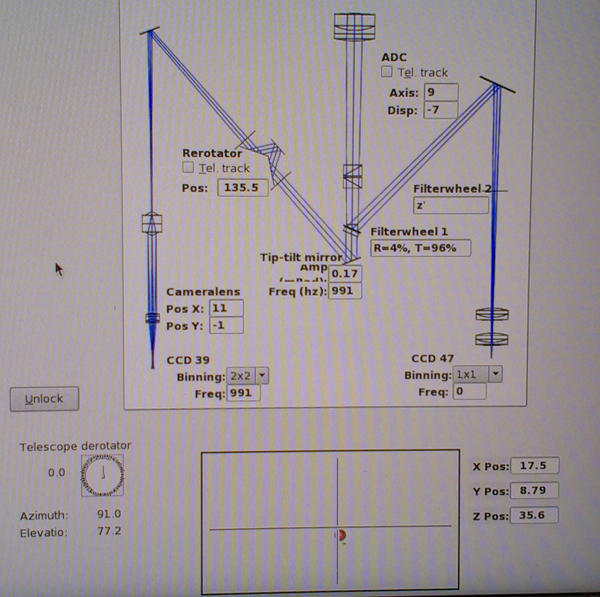
8. Finally, the telescope itself has several mechanical loops: Elevation; Azimuth; the Dome; and Active Optics (the primary mirror M1 has ~150 actuators controlled via a closed-loop Shack-Hartmann (plus the 5-d vane ends (x,y,z, theta, phi))
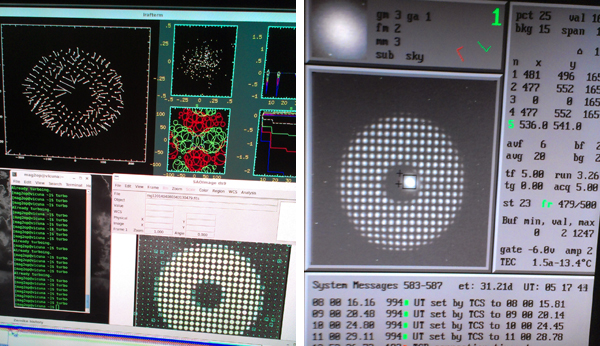
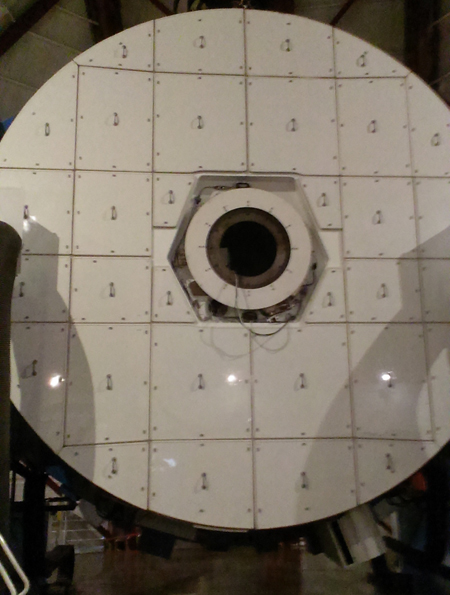
Well, I lost count, but that’s a lot of control loops! And when it’s all working, this is what we get:
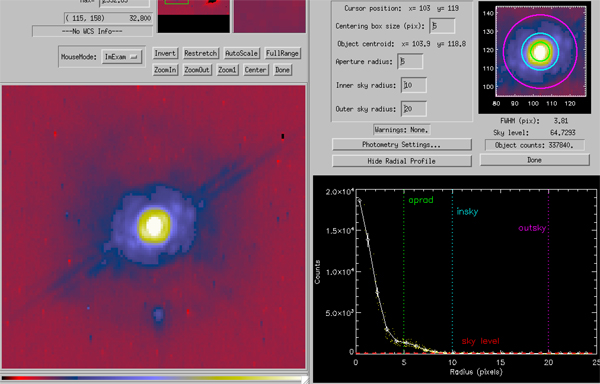
Well, that’s it for tonight, suffice it to say we had a good busy night on sky.
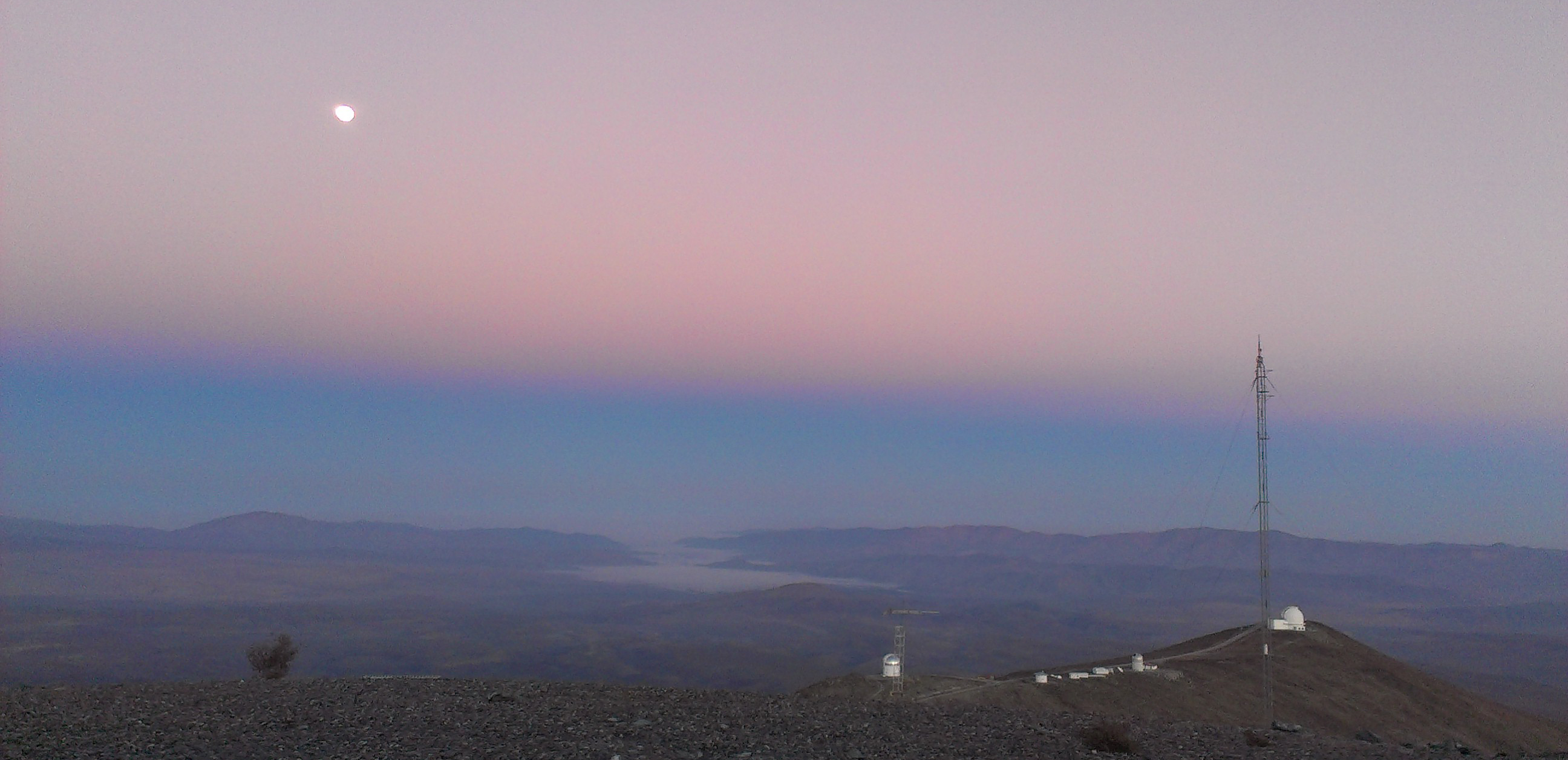
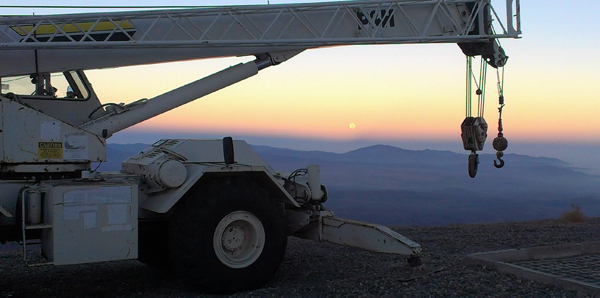
The song of the day has an astronomical theme, is by a top South American artist, and it came out on Vevo the day we left Tucson for this trip:
Here’s another good one by Shakira, from when the World Cup was in South Africa, it’s in the top ten most viewed Youtube music videos of all time:
